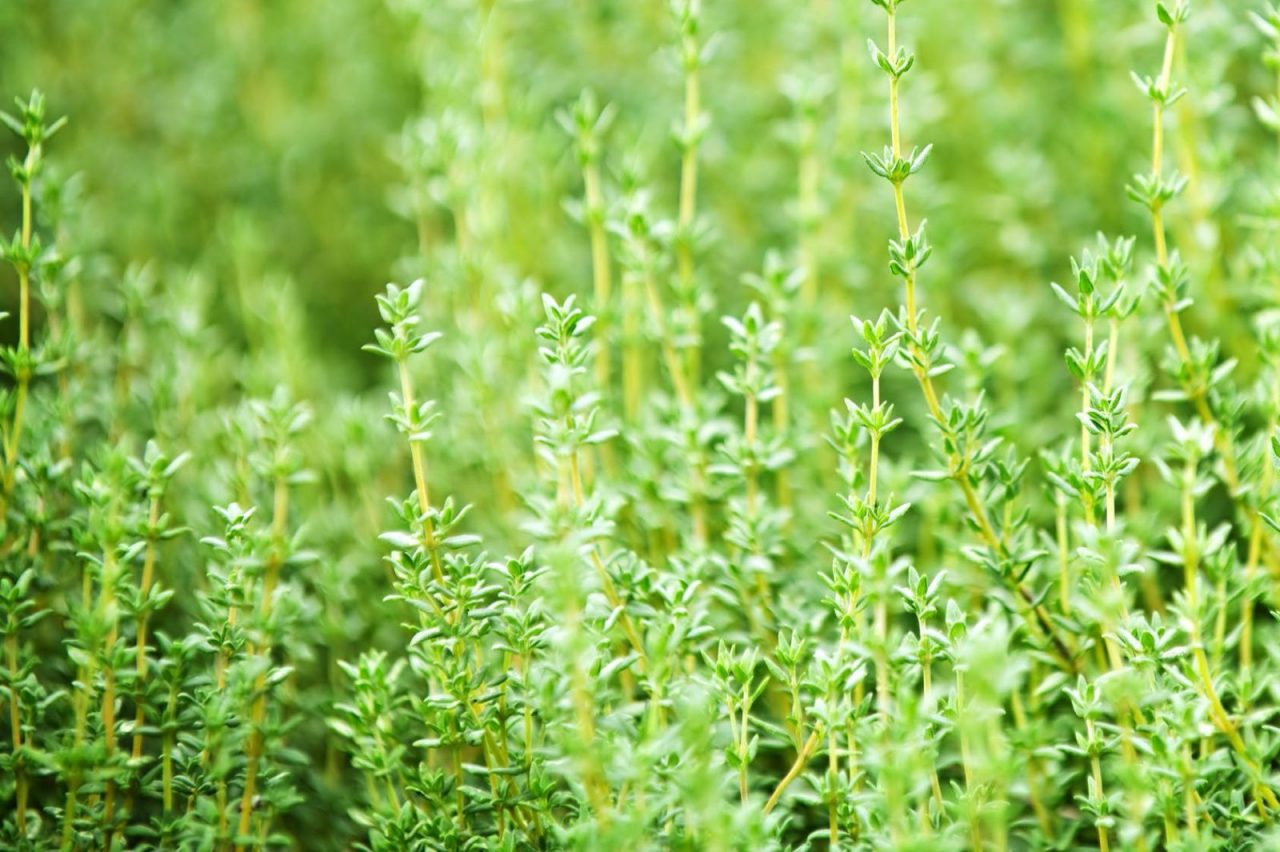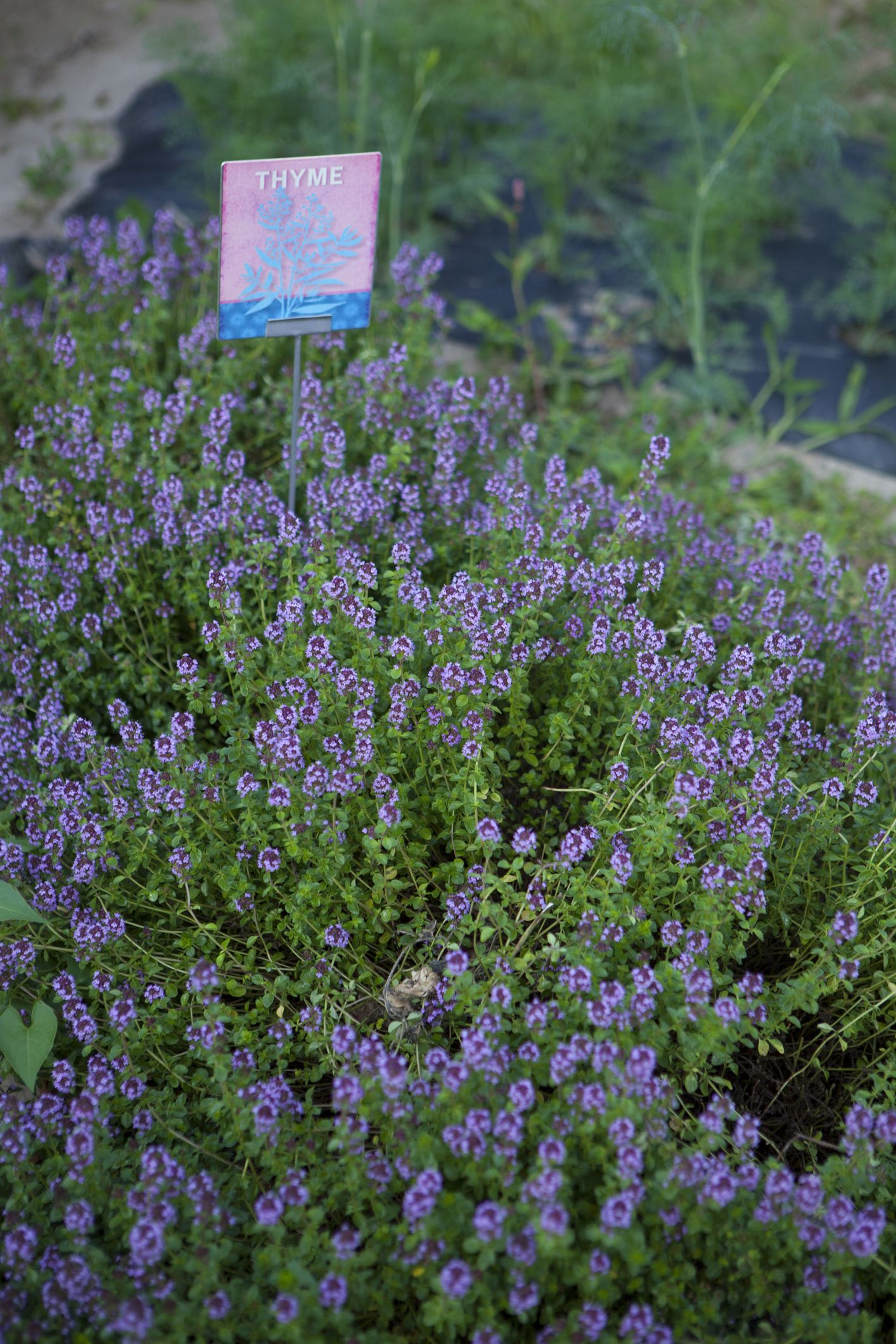

Keeping them in a container makes the runners easier to spot and clip back when necessary. Invasive herbs are tricky, and even those that are kept in containers will try to invade the territory surrounding them. Unless you’re prepared to have your entire garden taken over by mint, you should always plant these and other invasive herbs into containers.

Parsley, chives, and coriander work well when you dig up strongly growing plants, divide them, replant them into a container and keep them in a sunny location. Prolonging the Life of Your Herbsīy removing some herbs from the ground in early autumn, you can prolong their life cycle and have fresh herbs growing on your windowsill all winter. Keep your container garden of herbs well-watered as they will dry out more rapidly than those that have been planted directly into the garden. Few herbs require a large amount of fertilization, but nearly all will require some fertilizer during the growing season, especially if kept in pots. Use a good quality potting soil mix to fill your container to within 2 inches (5 cm.) from the top to allow plenty of space for watering. If you’re planning on bringing an outdoor container of herbs indoors during the winter months, I would suggest the use of the Styrofoam pellets to keep the weight down. Broken chips from terra cotta pots also work nicely for this. Be sure to match your herbs to the size of your container choices.īefore adding soil to your chosen container, you’ll need to provide a layer of rocks, gravel or Styrofoam pellets to the bottom quarter of the container to help with the drainage process. Some herbs can become extremely large at maturity.
Growing thyme in container space full#
Herbs can be grown separately, in individual pots, or you can plant several different varieties in one large container such as a window box planter, being careful not to overcrowd the pot so that each plant has enough space to grow and reach its full potential. If you aren’t using a traditional style container, be sure to poke some holes into the bottom for drainage and provide a drip plate if you are keeping them indoors. Terra cotta pots are best, but plastic, wood, or metal will do. Herbs will grow in almost any type of container as long as it has good drainage.

Choosing Containers for Herbsĭepending on how much space you have available and whether you are planning to keep your herbs indoors or out will play a huge part in choosing your containers. Whatever your reasons, most herbs are well-suited for growing in containers and can exist anywhere provided they are given the proper amount of sunlight, water, and good soil. You may be short on space, have poor soil conditions, want to prolong the growing season, keep the herbs close at hand for use in the kitchen, keep invasive herbs at bay, or maybe you are an apartment dweller with a taste for fresh herbs but no yard to grow them. There are many reasons for growing herbs in containers. Container gardening with herbal plants is an easy alternative to keeping a formal herb garden.


 0 kommentar(er)
0 kommentar(er)
